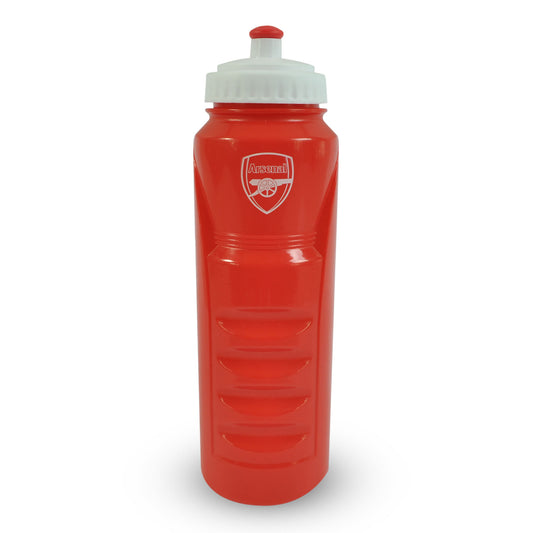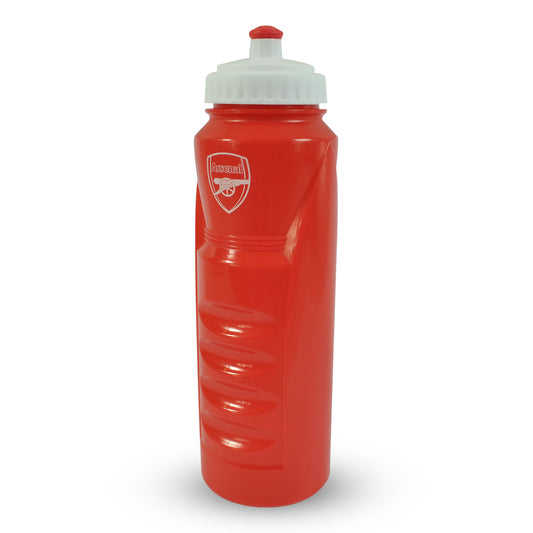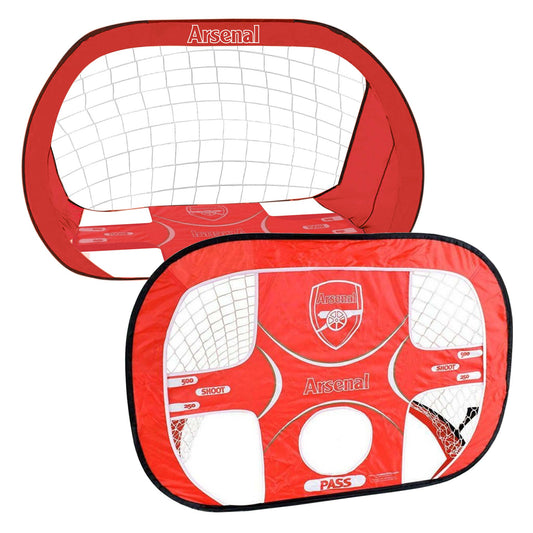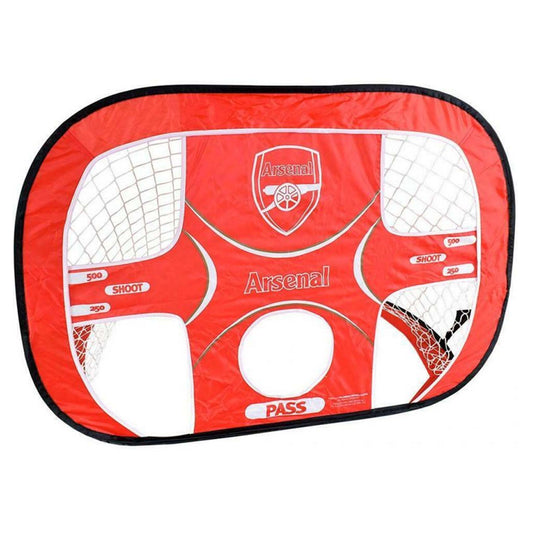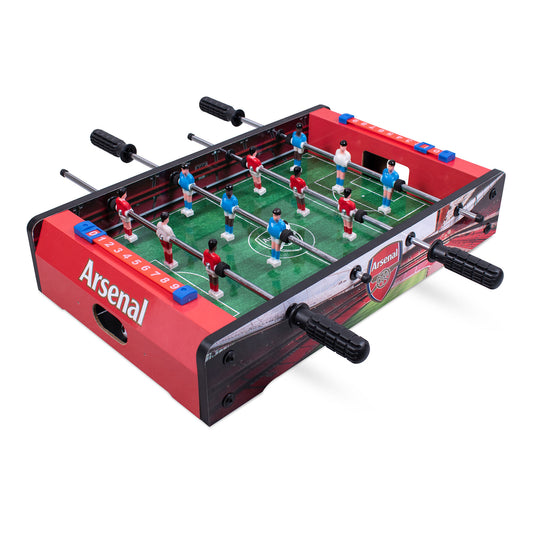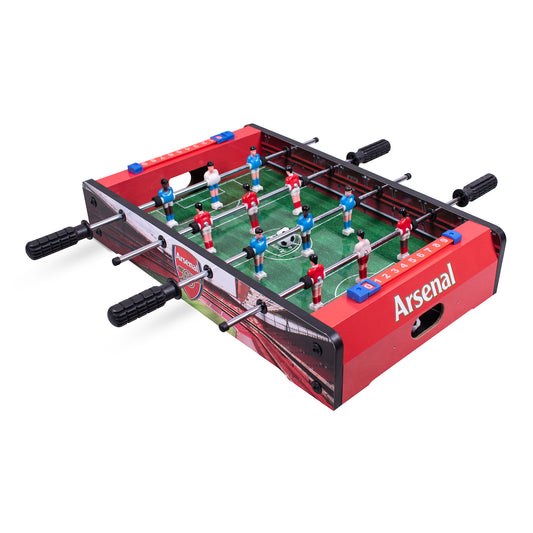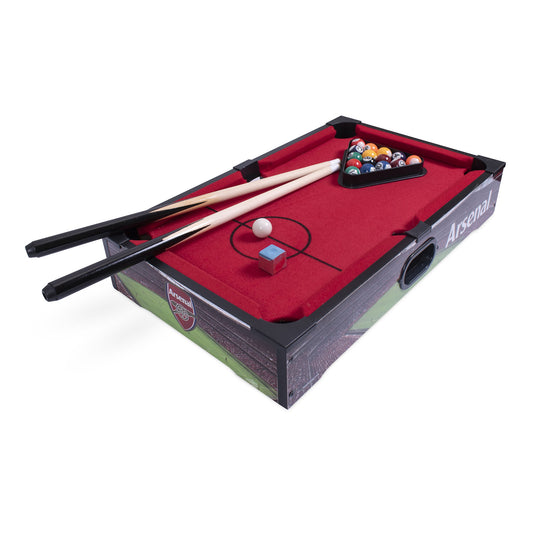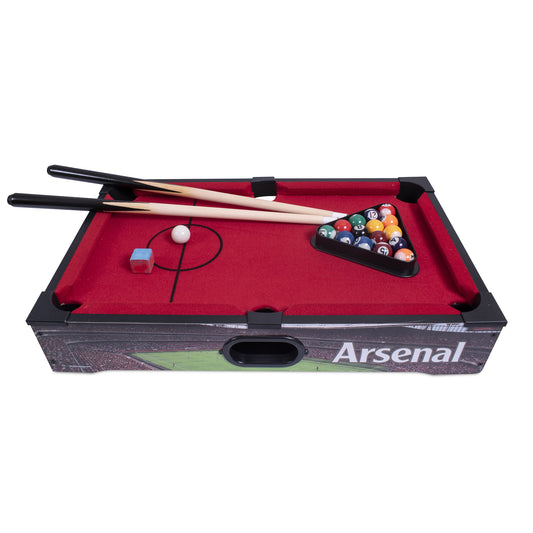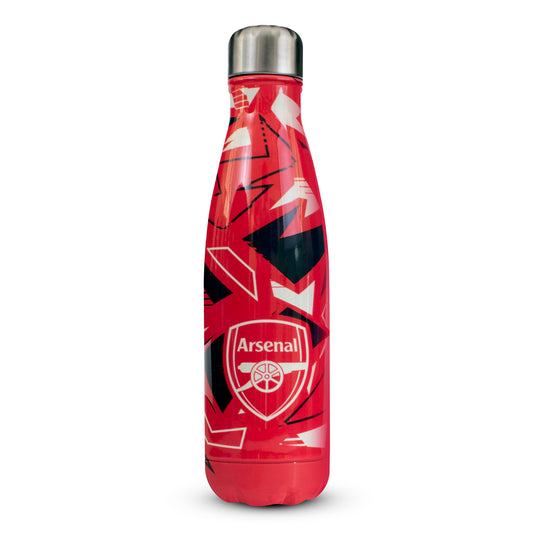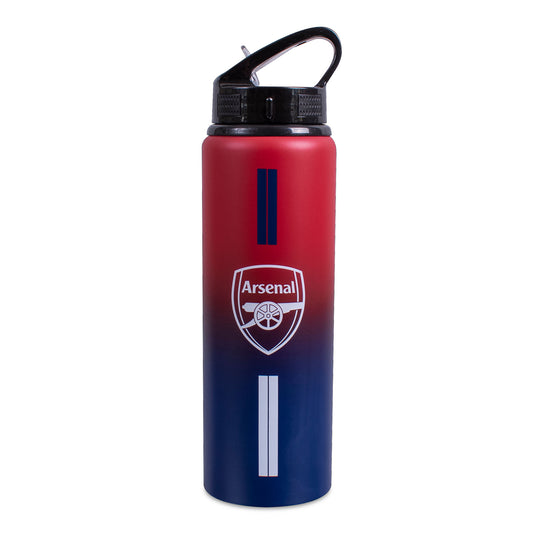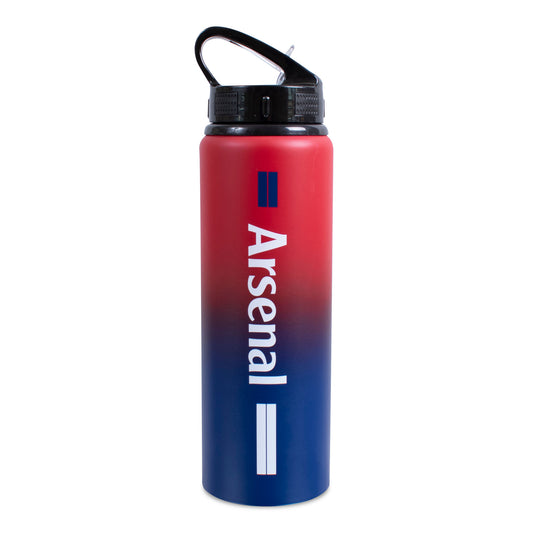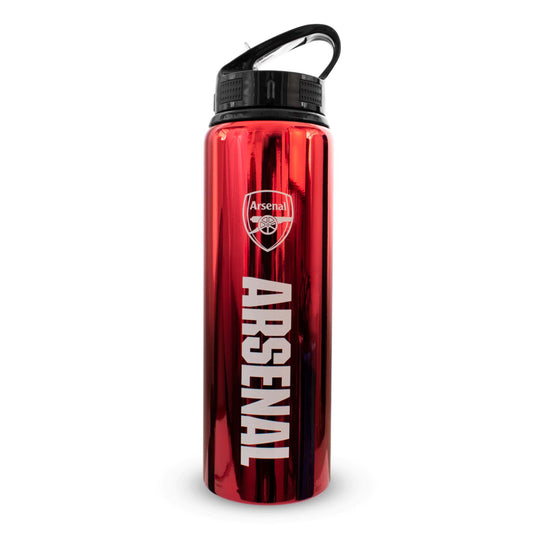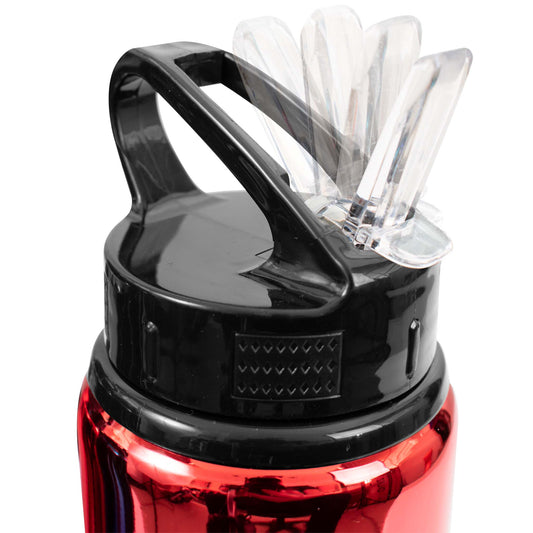Tennis is an exhilarating sport that requires a good racket to play. Choosing the right tennis racket can be a daunting task, especially for beginners. With so many different brands, sizes, and styles available, it's important to know what to look for in a racket that will suit your playing style and skill level.
Here are some factors to consider when choosing the right tennis racket for you:
1. Weight:
The weight of a tennis racket is an important consideration as it affects the player's ability to generate power, manoeuvrability, and control. Generally, a lighter racket is easier to manoeuvre and is more forgiving on off-centre hits, making it ideal for beginners and players with a slower swing. A lighter racket also reduces the risk of injury as it puts less stress on the arm and shoulder.
On the other hand, a heavier racket is preferred by advanced players as it provides more stability, power, and control. The weight of the racket helps to absorb the impact of the ball and generate more power, making it suitable for players with a faster swing. However, a heavier racket requires more strength and endurance to handle over a prolonged period, and it can also increase the risk of injury for players who are not used to its weight.
2. Head size:
The head size of a tennis racket is the area where the strings are strung. A larger head size provides a larger sweet spot, which is the area where the ball makes contact with the racket, resulting in a more forgiving shot with less precision required. This is ideal for beginners who need more help generating power and accuracy on their shots.
Smaller head sizes provide a smaller sweet spot and require more precision to hit consistently. Advanced players typically prefer smaller head sizes as it allows for more control over the shot's placement and spin.
3. Grip size:
The grip size of a tennis racket is the circumference of the handle. A grip that is too small can cause the player's hand to slip, leading to a loss of control and accuracy. A grip that is too large can cause the player's hand to feel cramped, leading to discomfort and potential injury. It is important to find the right grip size to maximize comfort and control.
To determine the right grip size, players can measure their hand's length from the tip of the ring finger to the second crease on the palm. This measurement should be between 10cm-11.5cm for most players.
4. String pattern:
The string pattern of a tennis racket is the arrangement of the strings on the racket's face. A denser string pattern (more strings per square cm) provides more control and precision on the shot, but less power and spin. This type of string pattern is preferred by advanced players who have good control over their shots.
An open string pattern (less strings per square inch) provides more power and spin on the shot, but less control and precision. This type of string pattern is preferred by beginners and intermediate players who are still developing their shot technique.
5. Length:
The length of a tennis racket is typically 27 inches for a standard racket, but longer rackets are available for players who want more power and reach. Longer rackets provide a longer lever arm, which can generate more power and reach on the shot. However, longer rackets can be heavier and more difficult to manoeuvre, making them less suitable for beginners.
6. Material:
Tennis rackets are made from a variety of materials, including graphite, aluminium, titanium, carbon fibre, kevlar and basalt. Graphite is the most common material used in modern rackets due to its light weight, strength, and stiffness. Graphite rackets provide more power and control on the shot, making them popular among advanced players. They are usually made in a composite material mixed with some of the other materials listed in a strategic way to optimise performance. For example, a racket may have a graphite frame combined with carbon fibre reinforcements in the handle and frame, or a titanium frame combined with graphite or basalt fibres in the shaft.
Aluminium rackets are heavier and more durable than graphite rackets, making them a good option for beginners who need a more forgiving racket to develop their technique.
To conclude, choosing the right tennis racket can make a significant difference in your performance on the court. It is important to consider factors such as weight, head size, balance, and grip size when selecting a racket. Additionally, understanding the different types of materials used in tennis rackets can help you choose a racket that suits your playing style and skill level.







